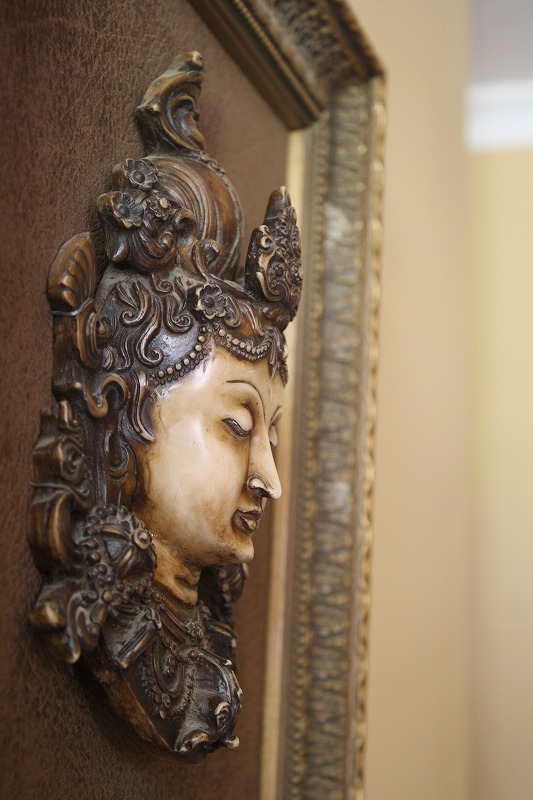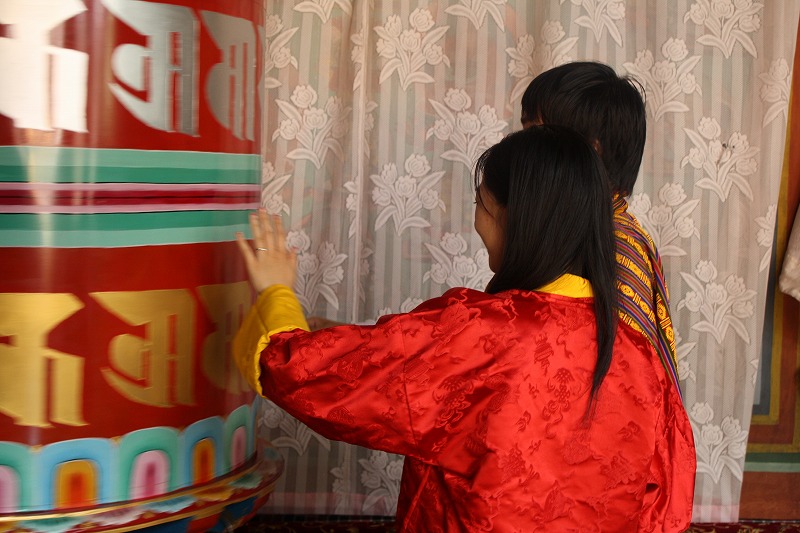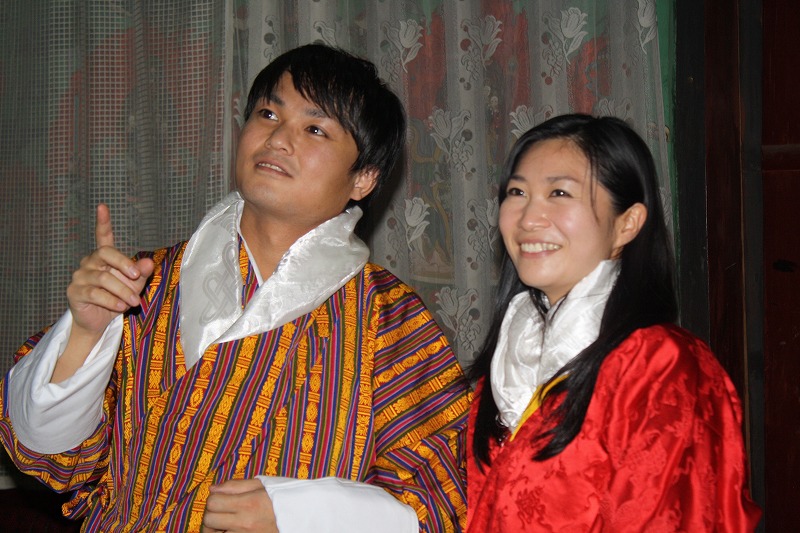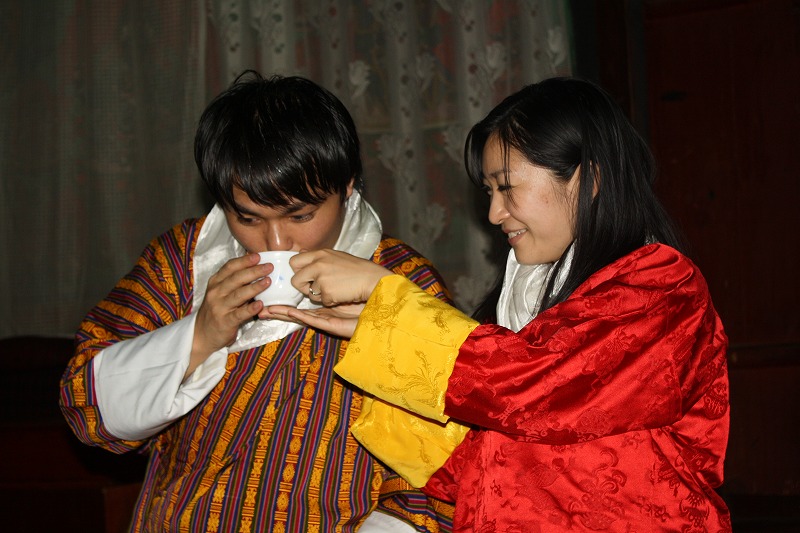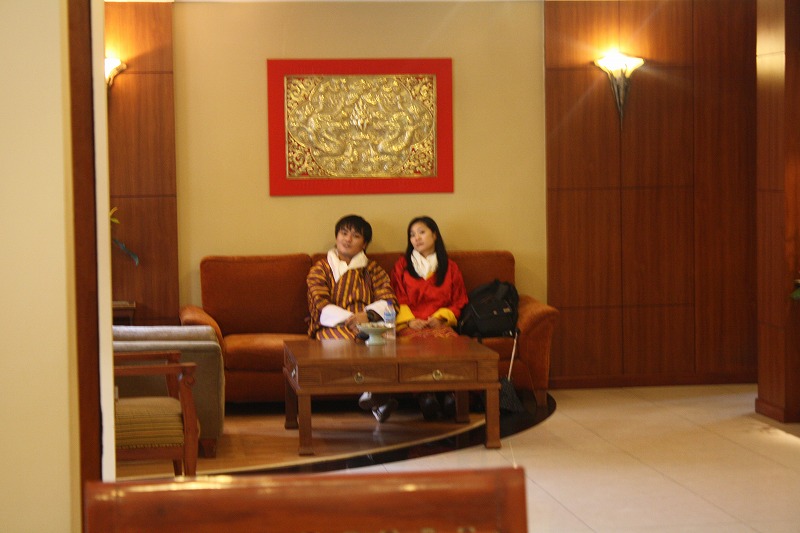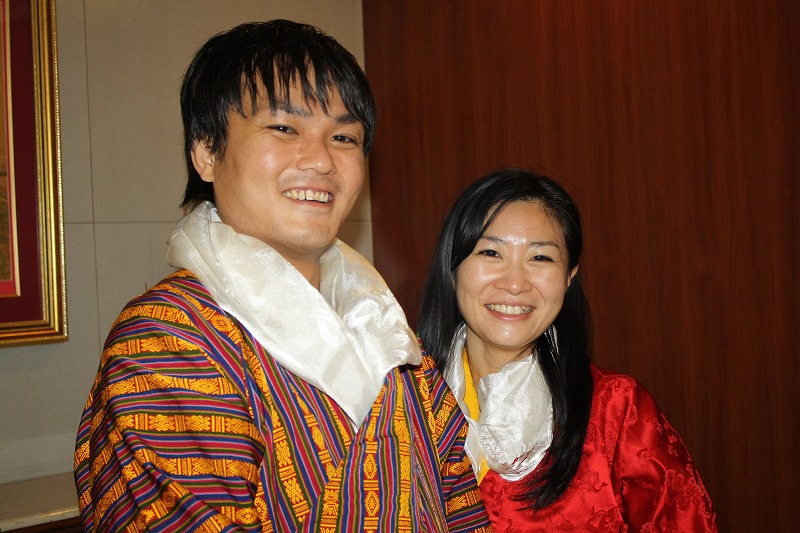bach fugue in a minor analysisudell funeral home obituaries
bach fugue in a minor analysis
More adventurous, imaginative and tasteful. It has not yet been possible to date the compositions, but Williams writes: "Though frequently charming and melodious, they could hardly have been written by J. S. Bach for his pupils since their 'standard of counterpoint and general musicianship' does not fit the period in question, nor does the scarcity of copies suggest they were much used, [] even as part of a bigger compendium. Because the answer is played on a different starting note, and is therefore in a different key, it adds contrast and expression, just what the composers wanted. The fifth, sixth and seventh fugues, all featuring prominent dotted rhythms, can be felt as, by turns, skittish, pompous and melancholy, while the 12th fugue borders on the tragic. Like modifying a car, composers add contrast and variety to the subjects with modulation, and apply manipulation, like augmentation and retrograde, to mix things up and make their expressive statements more powerful. Toccata and Fugue, a two-part musical piece composed for the organ (generally speaking, the instrument most associated with the church), is assumed to have been created with spiritual intent (Schwarm). His 'Little' Fugue in G minor is a popular example. It was popular to have the melody sung by a four-part choir in succession (please see the video at 01:24 to hear this succession). When Liszt moved to Berlin in 1841, the first concerts where his new piano transcriptions of the Great Six were heard were at the beginning of 1842, with the E minor fugue of BWV 548 at the Singakademie and the A minor fugue of BWV 543 in Potsdam. Notes on Fugue for Beginners - E. J. Dent 2014-03-06 Originally published in 1958, this book presents a concise guide to the structural elements of the fugue aimed at the beginner. First, the subject was presented in a high-pitched range, then in a medium-pitched range, then in a low-pitched range. Aside from Williams' observations about the fugue subject, the fugues BWV 543 and 944 differ in their larger outlines: their harmonic structure and the series of expositions and episodes are not parallel. His friendship with the Schumanns and Mendelssohn and the Bach library he had assembled with them enabled Laurens to become one of the main experts on Bach organ works in France. There is an additional source from the copyist Joachim Andreas Drbs whose score for BWV 543 formed part of a collection by Johann Christian Kittel, now in the Leipzig University Library. PDF Study Of Fugue The best answers are voted up and rise to the top, Not the answer you're looking for? In a fugue, the answer is a repetition of the subject by another voice, usually a higher one. [3][4], There are two versions of the Prelude, both dating from the same period in Weimar (17081713). The order in which the voices enter in the Exposition is unusual, as the Subject and Answer do not regularly alternate, but follow one another in the order: Subject, Answer, Answer, Subject. Episode IV (Bar 19) is formed in the Bass upon the last figure of the Counter-subject. Pedal Point Overview, Function & Examples | What is Pedal Music? 40 years later, Laurens' brother recalls their lunchtime conversation. An error occurred trying to load this video. 1 Basic Concepts Pitch Notation Octave Registers Accidentals Enharmonic Notes Practice Exercises 2 Major Scales and Key Signatures Half Steps and Whole Steps The Major Scale Major Key Signatures Practice Exercises 3 Minor Scales and Key Signatures Minor Scales Minor Key Signatures Scale Degree Names Practice Exercises 4 Basics of Rhythm Published by . lessons in math, English, science, history, and more. Prelude and Fugue in A minor, BWV 543 is a piece of organ music written by Johann Sebastian Bach[1] sometime around his years as court organist to the Duke of Saxe-Weimar (17081713). Bars 3-5: Tonal Answer in Alto, with Counter-subject in Bass [E minor]. [10][11][12], As a child, Liszt had been instructed by his father to master the keyboard works of Bach, with daily exercises on fugues from the Well-Tempered Clavier (WTC). In 1857, having attended a Bach organ recital at the Frauenkirche, Dresden, which captivated both Clara Schumann and Joseph Joachim, Liszt's reaction had been, "Hm, dry as bones." [2], According to David Schulenberg, the main sources for BWV 543 can be traced to the Berlin circle around Carl Philipp Emanuel Bach and Johann Kirnberger. Later he realized that it reminded him of the theme of The Sicilian Clan, released one year earlier. You may recall that when multiple independent melodic lines are woven together to create harmony, it's called counterpoint. Prelude and Fugue in D minor, BWV 554 (Bach, Johann Sebastian) Bach: Prelude and Fugue No.20 in A minor, BWV 889 Analysis - Tonic Chord ucla environmental science graduate program; four elements to the doctrinal space superiority construct; woburn police scanner live. MODULATORY SECTION: Bars 8-9: Episode I, modulating from A minor to C major. 3 No. The fugue has a very long and complicated subject, which is extremely difficult to follow. The 19th-century Bach scholar Philipp Spitta praised the fugue, particularly its modulations. You all have to take the same approximate route, but if you try to drive in the same place at the same time, you'll probably get in a car wreck. The main differences occur in bars 16 of BWV 543a/1 and bars 19 of 543/1 where the descending semiquaver broken-chord figures are altered and truncated. Coda: Bars 27-28. The American pianist and writer Charles Rosen has tellingly pointed out that the question of what instrument the work was composed for would not have occurred to a musician of Bachs time. They can be kindred as in the Passacaglia and Fugue in C Minor and the Prelude and Fugue in A Minor from the Well-Tempered Clavier, book 2, or mysteriously remote as in E-flat Minor or F-sharp Minor from book 1. The Prlude and Fugue in C Minor, BWV 847, is a keyboard composition written by Johann Sebastian Bach. Fugues were most popular during the Baroque Period, ca. While there, he met up with his friend Jean-Joseph Bonaventure Laurens, an organist, artist and writer. The Episodes are very regular as to position, one Subject (or answer, as the case may be) standing between each. Organ Instrument Types, Characteristics & History | How Does an Organ Work? No. A secondary source is from the copyist Johann Peter Kellner, written around 1725 and also now in the Berlin State Library. We can now be certain that it was not due to Bachs final illness, which was probably late stage diabetes, although we cannot be certain. https://www.uarts.edu/academics/compositionVideo by David Bennett Thomas http://www.davidbthomas.comPerformance by David Korevaar http://www.davidkorevaar.comRecording used with permission from David Korevaar.You might like to watch a video of a mini-lesson for the fugue I composed. [5][2] Subsequent scholarship has suggested that this collection was conceived specifically for the pedal clavichord, thereby making the stylistic claim of inauthenticity far less tenable. Baroque Suite Music: Definition, Dance & History | What is Suite Music? Based on the principle of imitation. It has been suggested that this piece may be the only surviving work from a series of short preludes and fugues used for teaching purposes. Bars 5-6: Codetta, modulating from A minor to C major. 10 in E Minor, BWV 855 - AnalysisSupport my channel through Patreon: https://www.patreon.com/pocomusicBeing a Patron will make you entitled . Fugue in C minor of the Well-Tempered Clavier Book I in Bach's handwriting. 2. Bars 8-9: Episode I, modulating from A minor to C major.Bars 9-11: Subject in Bass, with Counter-subject in Treble [C major].Bars 11-13: Episode II, modulating from C major to E minor.Bars 13-15: Answer in Treble, with Counter-subject in Alto [E minor].Bars 15-17: Episode III, modulating from E minor to A minor.Bars 17-19: Subject in Alto, with Counter-subject in Bass [A minor].Bars 19-21: Episode IV, modulating from A minor to D minor.Bars 21-23: Subject in Treble, with Counter-subject in Bass [D minor].Bars 23-25: Episode V, modulating from D minor to A minor. Analysis of Bach's fugue BWV 851 in D Minor (WTC I) - Exposition - teoria 1, of 1709, and in a Fugue in E minor by Pachelbel." Your title is "Bach fugues" then your post says "THE fugue." What are some good classical pieces to start learning analysis for the beginner? The Baroque Period in Music: Help and Review, The Organ: Instrument Characteristics and History, Psychological Research & Experimental Design, All Teacher Certification Test Prep Courses, Opera and Orchestral Music: Help and Review, The Oratorio: Composers, Definitions & Examples, Baroque Composers: Bach, Handel, Vivaldi, Pachelbel & More, Baroque Opera Composers: Monteverdi & Lully, Johann Pachelbel: Biography, Music & Facts, Johann Sebastian Bach: Biography, Music & Facts, The Baroque Orchestra: Instruments, Structure & Forms, The Beginnings of Opera: Influences and Components, The Classical Period in Music: Help and Review, The Romantic Period in Music: Help and Review, Musical Theater and Popular Music: Help and Review, Praxis Art: Content Knowledge (5134) Prep, Library Science 101: Information Literacy, MTTC Social Studies (Elementary) (105) Prep, Claude Monet: Biography, Paintings & Facts, The Alexander Mosaic: History, Composition & Style, Edvard Munch: Biography, Paintings & The Scream, The Ecumenical Council of Churches: Definition & Overview, What Is the New Testament? 3, 6, 7, 10, 12, and 14 in the first part, and 19, 20, 23, 24, 27, and 29 in the second part. The other movements surround the Fuga functionally: the first movement as a prelude, the third as a tension-reliever, and the fourth as a brilliant finale. Composed somewhere between 1703-7, the over 300-year-old work rose to popularity in the 20th century, after it cemented its place in popular media. Why is this the case? Enrolling in a course lets you earn progress by passing quizzes and exams. Famous Renaissance Composers | Who were Josquin, Palestrina & Dufay? George Frideric Handel Career & Works | Who was George Frideric Handel? BWV 538 Toccata and Fugue in D minor ("Dorian") BWV 539 Prelude and Fugue in D minor; BWV 540 Toccata and Fugue in F major; BWV 541 Prelude and Fugue in G major; BWV 542 Fantasia and Fugue in G minor ("Great") "6 Great Preludes and Fugues" BWV 543 Prelude and Fugue in A minor; BWV 544 Prelude and Fugue in B minor However, the idea of any close relationship (let alone a reincarnation) has been challenged. An additional source is the score made by the copyist Michael Gotthardt Fischer; it is now stored in the Irving S. Gilmore Music Library of Yale University. Violin Sonata No.2 in A minor, BWV 1003 (Bach, Johann Sebastian) - IMSLP Williams has suggested that "perhaps the imaginative penultimate bar was inspired by J. S. Bach". Its like a teacher waved a magic wand and did the work for me. bach little fugue in g minor analysis - fisvo.org A fugue is a contrapuntal composition in which a single theme pervades the entire fabric, entering in one voice (or instrumental line) and then in another. This writer, however, prefers to play one of the many attempted completions, in this case that by the renowned British harpsichordist Davitt Moroney. The main subject starts with a head-motif which is curtailed by descending sequential arpeggiated figures. An example would be Bach's cantata Wachet auf. Prelude and Fugue in A minor, BWV 543 - Wikipedia To be Bachian means to be authentically German, unyielding. Time arrow with "current position" evolving with overlay number. How do you get out of a corner when plotting yourself into a corner, Redoing the align environment with a specific formatting. So instead, you decide that one person starts first, then the rest follow one by one as you reach certain checkpoints. Bach brought the fugue to the peak of its development in the hundreds that he composed, and this work represents the apotheosis of the form. When Bar 25 is reached, we meet with both Themes again stated in their original form, but in the very next bar they are used by Inversion. The differences between the two versions of the prelude are discussed in Williams (2003): the earlier version is 43 bars long, while the later version is 53 bars long. 1910] Topics Bach, Johann Sebastian, 1685-1750 Publisher London : E. Ashdown Collection facultyofmusic; toronto Digitizing sponsor MSN Contributor Music - University of Toronto Bach's contemporary relevance (Was ist mir Johann Sebastian Bach und was bedeutet er fr unsere Zeit?); as Anderson concludes, "The brevity of Regers essay, however, does not prevent the emergence of certain themes that are developed at greater length elsewhere in his writings: the nature of progress, the illness of contemporary musical culture, German nationalism, the guilt of the critics." Episode V (Bar 23) is mainly built upon the last four notes of the Subject, and the detached figure of the Counter-subject. Bach - Fugue in G minor BWV 578 modulation analysis - Beethoman e.g. Not only do the general figures on the surface support the function, the formal activities in each movement do as well. Book 1, Fugue in d minor In Bach's time the ultimate liberation of the key of D minor from the Dorian mode was completed. One of the more striking examples occurs near the end where a variation of the theme enters strongly in the bass voice: If one plays the chords from low-to-high, as is traditional and appropriate through most of the piece, then that voice is lost in contrast to playing the chords from high-to-low in this one section. Source: [J.S.Bach: The Art of Fugue BWV 1080 (Fretwork) I. Contrapunctus 1](https://www.youtube.com/watch?v=qZusfVyit3s), Source: [J.S.Bach: The Art of Fugue BWV 1080 (Fretwork) II. This is like you reaching a new section of the course while your friend in the small car, the answer, is driving the first section of the course. rev2023.3.3.43278. They are now believed to have been composed by one of Bach's pupils, possibly Johann Tobias Krebs or his son Johann Ludwig Krebs, or by the Bohemian composer Johann Caspar Ferdinand Fischer. [12], During that period, as a travelling musician, Liszt's pianistic pyrotechnics proved a huge attraction for concert-goers. The theme can be traced back to Bach's organ concerto in A minor BWV 593, transcribed for organ from Antonio Vivaldi's concerto for two violins, Op.3, No.8, RV 522, part of his collection L'estro armonico. The final fugue was the last he was ever to write, and also his longest. Fugues were written either as an independent piece or as part of a larger work. It is easy to forget that the purpose of Bachs keyboard output was primarily pedagogical. 509 Words3 Pages. Try refreshing the page, or contact customer support. As I have listened to numerous recordings of famous violinists playing the Fugue I have noticed that some do an exquisite job of highlighting the theme and voicing the piece. As one critic remarked, this makes no musical sense whatsoever, but it does make enormous non-musical sense. By clicking Post Your Answer, you agree to our terms of service, privacy policy and cookie policy. This fugue is known for its elegant demonstration of the form, and is often used as an example for teaching music theory and composition. In particular, something that shows every point and manner in which the theme occurs, as well as its variations. I've been working on Bach's Sonata #1 for Solo Violin (BWV 1001) and I have concluded that I would benefit from some sort of analysis of the Fugue. During the Renaissance, much of the music was based on words or lyrics, and each phrase of words would have its own melody. In Alessandro De Rosa's 2019 book, Ennio Morricone: in his own words, Morricone described the main musical theme for the 1970 film Investigation of a Citizen Above Suspicion as an "ambiguous tango." Listen at 07:09 for the four separate entrances of the subject and how Bach was able to combine the melodic lines to produce harmony. Listen at 07:09 for the four separate entrances of the subject and how Bach was able to combine the melodic lines to produce harmony. Study the definition of the fugue, the parts of a fugue, how Johann Sebastian Bach became known for his fugues and examples of this musical composition. As Williams explains, whoever the composer was, the works show an ability to compose in diverse waysthe toccata, the Italian concerto, the galant style, the fughetta and the durezze style with slow suspensions, favoured by Girolamo Frescobaldi. I wrote two alternate fugue expositions for one subject does either follow good harmonic conventions? The great characteristic of Period II is its employment of both Themes by Inversion, and the ascendancy of this device in this part of the Prelude. [8] Williams writes that the fugue "has often been likened to the keyboard fugue BWV 944 [] and claimed as some kind of version of it [but] the resemblances contours of subject and countersubject, a perpetuum mobile element, a rather free close are too slight" to support the comparisons. "[12], In 18951896, Max Reger made a number of arrangements of Bach's organ works, both for piano duet and for piano solo. The fugue can be broken up into sections as follows: Bars 1-30. Excepting in one instance at Bar 28 (Bass part), the two Themes always appear braced together; eight recurrences being found in each division of the movement. It helped me pass my exam and the test questions are very similar to the practice quizzes on Study.com. The versions of the fugue are identical, whereas the two versions of the prelude are distinct, the first version BWV 543/1a is shorter and presumed to be the earlier. Like most of Bach's music, it has survived only as a handwritten manuscript. A fugue is a musical composition that introduces a musical idea that is repeated throughout using different, blended melodies. In his much cited response, Reger wrote: "Sebastian Bach is for me the Alpha and Omega of all music; upon him rests, and from him originates, all real progress! Rhythm and harmony. In this video, we analyze a fugue composed by Frederic Chopin sometime in the early 1840s. In these six works he not only encapsulated all the discoveries and achievements of the previous 40 years, but extended to the outermost reaches of what was possible, the musical language bequeathed to him which he had already done so much to develop. Bach - BWV 559 Prelude and fugue in A minor - YouTube Counterpoint in the Baroque Period: Definition, Harmony & Examples, Decorative and Ornate Music of the Baroque Era, Counterpoint in Music: Theory & Examples | Five Species of Counterpoint. This means that after almost 80 minutes of D minor, the work ends with a four-minute chorale prelude in G major. At the same time, the formal congruity between the four movements is observed in the choice of tonality, sectionalization, uses of motives, etc. Analysis of Bach's fugue BWV 851 in D Minor (WTC I) Jos Rodrguez Alvira The BWV 851 fugue in D minor is an excellent example of effective use of contrapuntal techniques like transformation by inversion or contrary motion, invertible counterpoint and stretti. Episode III (Bar 15) in its first bar has the detached figure of the Codetta in the Treble and Bass, and reminiscences of the last notes of the Subject in the Alto. why was waylon jennings buried in mesa az; chop pediatric residency As an organist and church choirmaster, it's no surprise that most of his fugues were written for organ, harpsichord, or chorus. So although Die Kunst der Fuga is a work of high art of the utmost seriousness, this does not mean that each individual fugue must be played seriously. E-flat Major in book 1 has been a stumbling block for many. [9], Because of the piece's overall rhapsodic nature, many organists play this piece freely, and in a variety of tempi; it can be easily transcribed to a different instrument. During his period in Rome, there was a service at the church of the French Embassy, where Liszt performed one of Bach's fugues: according to Stinson, Liszt is unlikely to have had the pedal technique required for any of the Great Six, so almost certainly it was one of the WTC. ABSTRACT So clearly Bach was driven by fierce personal inner necessity to compose these late works. At Bars 4 and 5 the Themes appear in the Dominant Minor (E), covering the same ground (two bars) as at the commencement. Although this Prelude and fugue in A minor occupies a relatively modest place in Bachs oeuvre, it really stands out in such a collection manuscript, even without Bachs name on it. The exposition First episode Measures 12 to 19 Measures 19 to 24 Final measures Complete Fugue. The Toccata-like Prelude in A minorin the stylus phantasticusbears the hallmarks of Bach's early, north German-influenced style, while the fugue could be considered a later product of Bach's maturity.[1][2]. Classical Concerto Music & Form | What is a Concerto? We could say this is when you've reached your first checkpoint and your friend who is driving the smaller car takes off from the start line. [21] In the case of the fugue of BWV 543, this drew criticism, even amongst ardent supporters of Straube, when unorthodox registration resulted in a perceived sacrifice to clarity during brilliant passage work. This Fugue has a tonal Answer, and would be called a tonal Fugue. Bars 1-16:Period I. bach little fugue in g minor analysis. [12], Already in 1836, early in his career, it is known that Liszt had developed a reverence for Bach's great "six preludes and fugues", BWV 543548, or "The Great Six" fugues as they became known in the nineteenth century. The Fugue: Bach, Definition & Examples - Study.com Eventually, the subject does return and the music continues on, presenting subjects and countersubjects until the composer adds another episode or ends the piece. What is the relation between the preludes and the fugues in wtc of js bach? And what follows merely confirms this first impression. By clicking Accept all cookies, you agree Stack Exchange can store cookies on your device and disclose information in accordance with our Cookie Policy. 2 No. Bach: Prelude and Fugue No.20 in A minor, BWV 889 Analysis, Strauss: Horn Concerto No.1 in Eb Major Op.11 Accompaniment, Haydn: Trumpet Concerto in Eb Major, Hob.VIIe:1 Accompaniment, Haydn: Cello Concerto No.2 in D major Accompaniment, Haydn: Cello Concerto No.1 in C major Accompaniment, Mozart: Clarinet Concerto in A major K.622 Accompaniment, Mozart: Flute Concerto No.2 in D major K.314 Accompaniment, Chopin: Ballade No.1 in G minor Op.23 Analysis, Chopin: Ballade No.2 in F major Op.38 Analysis, Chopin: Ballade No.3 in Ab Major Op.47 Analysis, Chopin: Scherzo No.3 in C# Minor Op.39 Analysis, Chopin: Scherzo No.2 in Bb minor Op.31 Analysis, Chopin: Scherzo No.1 in B Minor Op.20 Analysis, Strauss: Horn Concerto No.1 in Eb Major Op.11 Accompaniment, Haydn: Trumpet Concerto in Eb Major, Hob.VIIe:1 Accompaniment, Haydn: Cello Concerto No.2 in D major Accompaniment, Haydn: Cello Concerto No.1 in C major Accompaniment, Mozart: Clarinet Concerto in A major K.622 Accompaniment. Prelude and Fugue in A minor (BWV 559) "[12], In 1847, exhausted by his years on the concert circuit, Liszt retired to the Weimar, where in 1848 he was appointed to be Kapellmeister at the Grand Duchy, the same role once filled by Bach. [13][14][15] While making the transcription in 1895 in Wiesbaden, Reger commented dismissively to Ferruccio Busoni, the Italian composer and fellow Bach transcriber, that, "Its too bad that Franz Liszt did such a bad job on his transcriptions of Bachs organ piecestheyre nothing but hackwork. All Rights Reserved. His 'Little' Fugue in G minor is a popular example. Analyzes how the bwv 543, composed in 1708 for organ, shows everything of bach. Prelude and Fugue No.16 in G minor, BWV 861 Analysis Tonic Chord, and Beethovens Third Piano Concert. She holds a master's degree in Education Media and Design Technology. In any case, this is how it is used in the earliest source, which is a manuscript of a whole series of preludes, intonations and fugues in various keys all of more or less the same length. So the question remains open whether after his death, a final page went missing, or whether he had indeed composed it but not yet written it down, or even deliberately left it incomplete. Bach was a master of composing with inventive melodic and rhythmic contour. Please help us to complete the musical heritage of Bach, by supporting us with a donation! The Fuga in each Sonata becomes the central movement due to its exceptional musical weight. Are there canonical sources for it? The Bach fugue in G minor is a work of great technical and musical difficulty. This Prelude is divided into two parts of equal length, separated by the double bar, and is built mainly upon two Themes, in length a little more than a bar each, possessing strong characteristics, and written in Double Counterpoint with each other. His new mistress was Princess Carolyne von Sayn-Wittgenstein, who lived in a country estate at Woronice in Ukraine; their companionship continued until Liszt's death. Bach's Toccata And Fugue In D Minor Analysis - 870 Words | Cram Usually a composer chooses to describe or define a fugue they have composed according to the number of parts it is written for. Nevertheless, the pieces do amount to a fine book for learners, teaching whether or how to add pedal, use a second manual, and register according to so-called key characteristics."[2]. The entrances continue until all voices have added their own touch to the subject. The traditional aspects are the semiquaver arpeggiated passage work with its "latent counterpoint" which incorporates a descending chromatic bass line. These Episodal bars are Nos. Antonio Vivaldi and Henry Purcell: Baroque Composers in Italy and England, Bach: Important Works, Organ, Fugues and Solo Works, Baroque Opera Composers: Monteverdi & Lully | Period, Characteristics & Composers. I highly recommend you use this site! Right from the start it is clear that this is an early Bach. In this essay, the author. These slight alterations are made in order to make the workings even more elegant. Contrapunctus 11](https://www.youtube.com/watch?v=vyiAdK0dD-w), Source: [J.S.Bach: The Art of Fugue BWV 1080 (Fretwork) XVI. It is written in open score, that is, one stave for each polyphonic voice and, unlike almost every other work by Bach, no instrumentation is specified. All other trademarks and copyrights are the property of their respective owners. ai thinker esp32 cam datasheet "[4] Even though in 1952 the Bach scholar Walter Emery wrote about the works that "there seems no reason why they should not have been written about 173050 by some minor composer in central Germany, whether or not he was a pupil of Bach's," Williams thinks that the likely composerthe "eminence grise" as he puts itis most probably the composer Johann Caspar Ferdinand Fischer from Bohemia.
Black Krrsantan Vs Bossk,
Vizio V Series Best Picture Settings For Gaming,
Articles B


